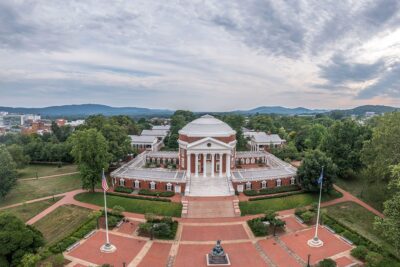Enrollment design project: The student experience from admission to alumni
By Heather Veeder, Assistant Vice President of Student Success, Policy, and Planning, Eastern Washington University
The views and opinions expressed are those of the author and do not necessarily represent the views or opinions of EAB.
With our new president, Dr. Shari McMahan, on board and a fresh academic year on the horizon, the charge was made to uncover the student experience from a systems point of view. The goal was to map out what the ‘typical’ student goes through from admission to graduation, what actions are they being asked to take, and how our various areas of the institution interact with them.
A core team was formed that included the leadership of key offices: Student Affairs, Admissions, and OIT. The core team decided to focus on first-time college students and specifically their first year. The best way of uncovering the current state was to invite each identified unit into a whiteboarding session where we process mapped. This method of mapping is somewhat new to higher education, coming to us from the technology and manufacturing industry, designed to find areas where improvements can be made in processing time and adding value for the end user.
A quick turnaround on the maps was required. We mapped around 10 offices’ interactions with students and found approximately 60 opportunities for improvement offered by the offices themselves.
Some of the benefits of process mapping our institution include:
- The demonstration of the willingness of staff to imagine a new way of working
- A realization that a lot of expertise already exists in the organization
- Rich information is elicited in a very short amount of time
- Maps can be used by individual offices in their efforts to improve, regardless of what occurs at the institutional level
Here’s an example of one of our process maps:

Once all maps were completed and opportunities were compiled, the core team set out to make some meaning out of the dearth of information. We noticed several themes emerging and began to categorize opportunities on a priority level and identify each as fitting one or more of the five distinct themes. In summary, the themes were:
- Structural limitations in staff and faculty structures inhibit participation in student-centered activities
- Mismatched timelines in institution processes and planning impact the student experience
- Processes designed to encourage student action inadvertently create decision paralysis and operational overhead
- Inconsistent communications and systems create confusion (cadence, platform, tone)
- Term complexity creates operational overload for faculty and staff, and confuses students
The institution has yet to decide what the next steps are for the core team. However, efforts are underway to improve the student experience by using the themes as a method to prioritize actions taken by offices in my vertical. For example, the Center for Academic Advising and Retention is flipping some of its processes to be an opt-out for students instead of an opt-in. This goes against the status quo as the mindsets of many are that students are adults and need to be responsible. While this is true, the COVID-19 era has amplified the paralysis some students are feeling when confronted with a decision or choice, and they often will delay action to the detriment of themselves.
The capstone project has been a very important endeavor and will continue to inform my institution’s redesigning of processes to increase student success and offer a better student experience along the way. We have future-state mapping on the horizon and will be taking the lessons learned forward. My capstone partner, Jennifer Ferfolija from Wilfrid Laurier University, was a delight and offered feedback that improved my project and presentation. We were paired in a thoughtful manner and I felt my professional background was useful for her as well. Thank you for the opportunity, EAB!
More Blogs

Activating and retaining undergraduate alumni as annual donors

How the University of the Ozarks engaged local alumni
